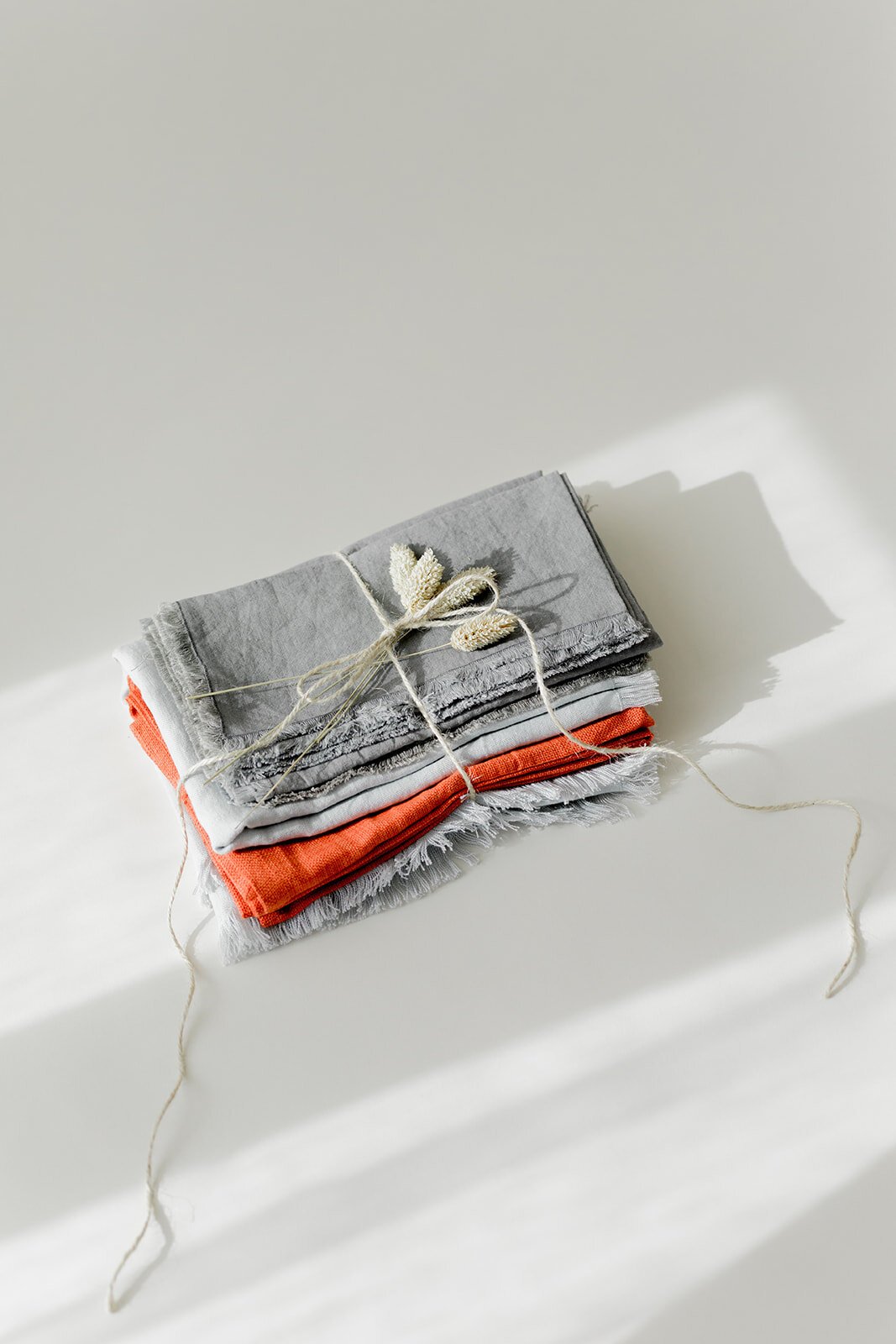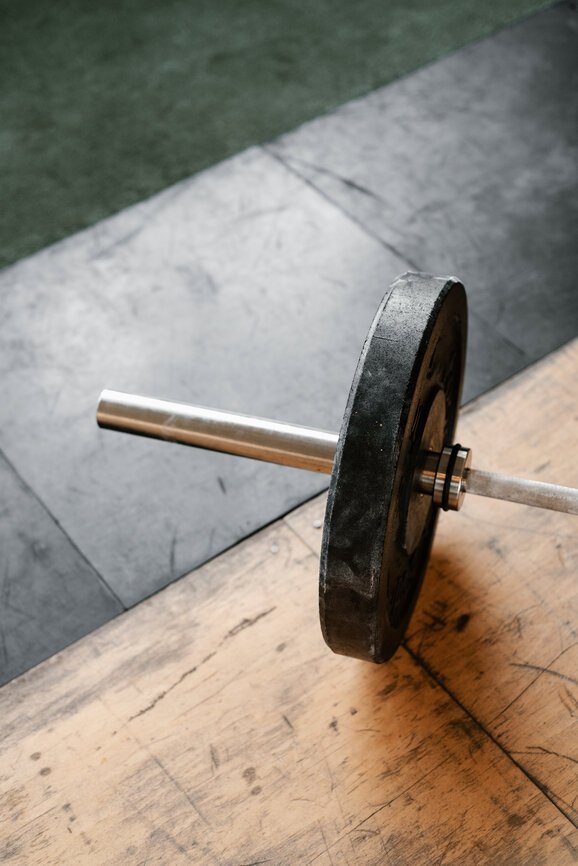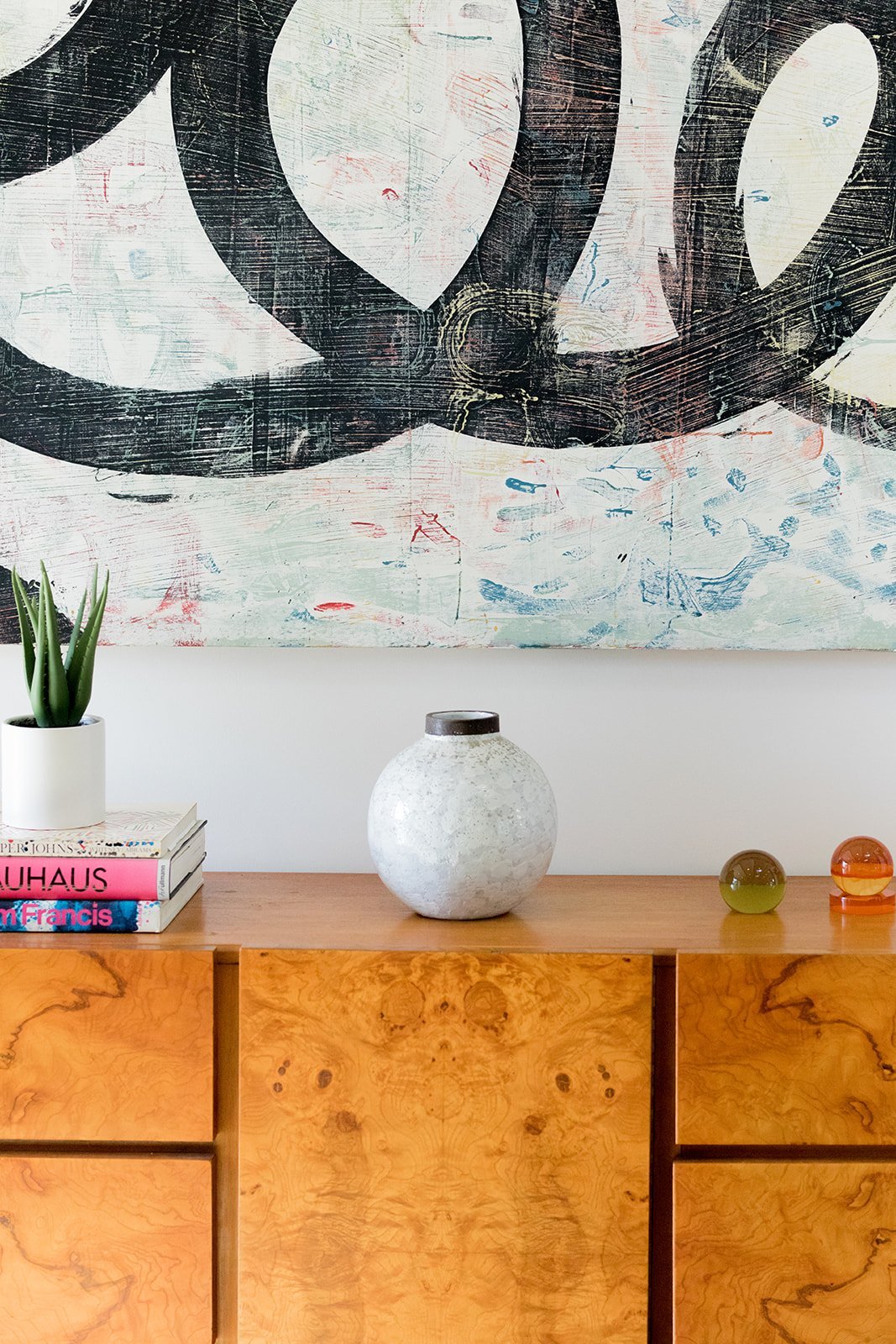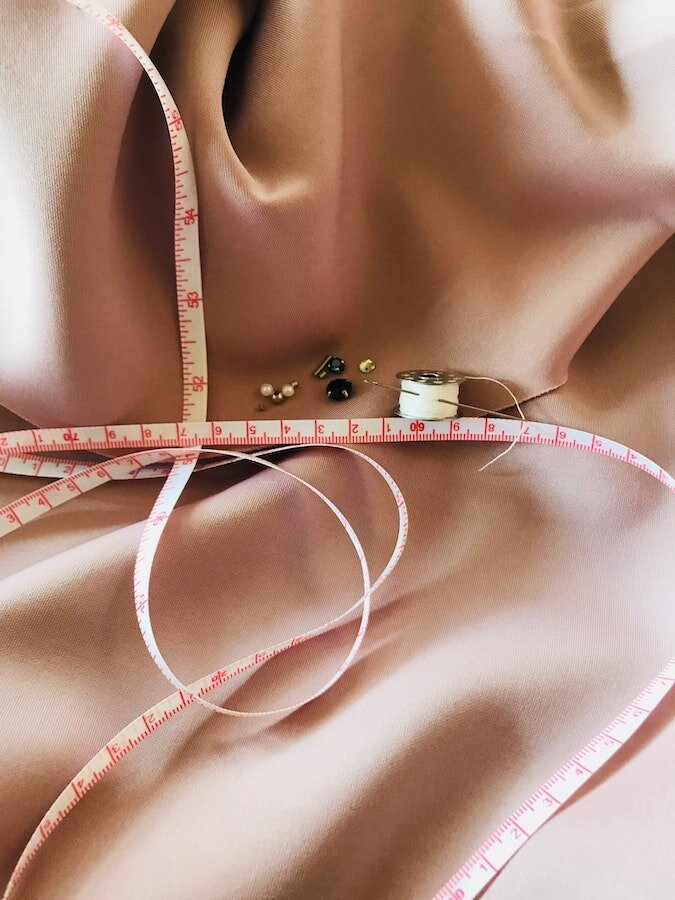
How To Properly Clean And Care For Secondhand Clothing
The Good Trade editors endorse products we’ve personally researched, tested, and genuinely love. Learn more about our methodology and business model here.
When it comes to staying on top of fashion’s cyclical nature, secondhand clothing can be an invaluable resource rather than turning to new fast fashion trends. And with proper care, vintage and secondhand clothing can be the answer to all your wardrobe needs.
If you’re not completely clear on what differentiates vintage from secondhand, vintage means anything that has aged at least 20 years (so yes, that means the 1990s are now vintage). Secondhand refers to clothing items that have not been around as long but have been owned or worn before.
“With proper care, vintage and secondhand clothing can be the answer to all your wardrobe needs.”
I once stumbled upon an article that hilariously argued vintage items fall apart easily because they aren’t built to last — ha! In fact, thrifted clothing is likely to be lower quality, but the majority of vintage clothing (especially pre-1980s) is more structurally sound than many new garments today.
Not only is the quality of new pieces worse off, but chemical use has also grown and made the health risk of shopping new even riskier. Formaldehyde, for example, is commonly used to prevent mildew and wrinkles, but has been tied to skin irritation and even cancer.
This doesn’t mean I’m encouraging you to accept disgusting items or circumstances instead, but letting go of the idea that everything must be sterilized with harmful chemicals before we buy is the first step in positively changing the way we consume. And taking care of pre-loved pieces can be better for the environment and your health.
Here’s how to deep clean, disinfect, and dry-clean your new-to-you clothes, step-by-step. 👗🫧
1. Ask about the store’s sourcing
Whether you’re a thrifting pro or a newbie thrifting for the first time, the first step to finding quality, safe vintage clothing items is vetting the retailer providing secondhand pieces.
Most vintage boutiques, online thrift stores, or independent vendors have a thorough vetting process of their own, though it never hurts to politely inquire about it when perusing a selection of pre-loved beauties.
What I would be slightly more skeptical of is larger secondhand chains — not because they don’t have high standards, but because there’s bound to be room for error with a larger selection. This doesn’t mean don’t shop there, it just requires a deeper inspection by you, the shopper.
2. Inspect the garment carefully for damage and stains — and potential
When searching for new-to-you wares, first look for any obvious blemishes like large stains, holes, or overly stretched fabric. While these are not sure signs of an irrevocably damaged garment, they can help lead you in the right direction.
“Look for any obvious blemishes like large stains, holes, or overly stretched fabric.”
It’s also worth considering if you can fix, tailor, or mend any pieces, and if that’ll require any additional care long-term. Sometimes, it’s worth seeing the potential! (And if you need to mend a piece a bit, check out this guide to sewing kits.)
Employ your sense of smell, too. You don’t have to get too up close and personal to understand if a clothing item is emitting an unpleasant odor, and it will immediately tell you if that piece has been properly washed — or has a more permanent scent.
Ultimately, the vetting process is up to you and your best judgment. These items are likely to be imperfect, though that isn’t always a sign of poor care on the previous owner’s part. It’s often just indicative of a garment that has been put to good use.
3. How to remove stains
If you’ve brought home a piece that needs a little work, have no fear because the internet truly does have all the answers. From ink to sweat stains there are a myriad of ways to treat your vintage wares without having to introduce chemical cleaners into the mix.
“Do a quick internet search for your specific stain removal needs.”
Baking soda, like vinegar, is a household product that can work wonders on stains in and outside of your wardrobe. Hydrogen peroxide is another low-impact liquid that can wipe away blemishes. Even lemons can be used to naturally rid your clothing of unsightly spots!
Just be sure to do a quick internet search for your specific stain removal needs before running your clothing under hot water or blotting—in some cases, like oil or protein-based stains, it makes things worse. If you’re looking for a general stain remover, natural brands like Puracy sell eco-friendly formulas.
4. How to CLEAN thrifted clothes in the washing machine
Wherever your vintage or secondhand items are from, it’s always smart to deep clean thrifted clothes before you wear them.
If the piece has a visible care label follow those instructions carefully, making sure not to ruin your new find. Most cotton, sturdy linens, and synthetic polyesters or nylons can withstand the washing machine, while other fabrics like silk and rayon require either a hand wash or professional clean.
“It’s always smart to deep clean thrifted clothes before you wear them.”
If in doubt about a piece, stick with hand-washing or put it on the gentlest cycle with cold or warm water instead of hot. To disinfect thrift store clothes entirely, you can also add some vinegar to your washing process with a natural and safe laundry detergent.
After taking your washed clothes out, avoid the dryer. Lay bulky items like wool or cashmere sweaters flat to dry, and use padded hangers for lighter pieces. (Wire hangers will stretch out the shoulders, so avoid these too if you can.) And rather than using an iron to get rid of wrinkles, we recommend opting for a gentle steamer instead for those older, more delicate fabrics.
5. How to hand wash, if care instructions are missing
In some cases, the care label will be nowhere to be found (as they weren’t introduced until the early 1970s) or illegible (washing can fade the writing over time).
When you encounter a vintage item which has no instructions on how to correctly clean it, a safer plan B is to hand wash with natural detergents and stain removers (and here’s a visual if you need!).
Castile soap is usually my preferred hand-washing assistant, especially since only a small amount of the liquid is required to do a thorough job, and the substance can be used in various other ways. Just like with machine washing, you’ll want to add a little germ-killing vinegar to your water as well.
Fill a basin or sink with hot water. Add the soap and vinegar in, and then slowly soak your entire garment. Give your piece a nice deep clean, like you’re massaging your scalp, and keep an eye out for bleeding. When you’re done, press out the excess water and continue the cycle until the water runs clear. Like with machine washing, avoid using the dryer and line- or air-dry instead.
6. Find a green dry cleaner for intricate pieces
In some cases, an intricate piece (think sequins, lace, or detailed embroidery) feels too delicate to handle on your own. This is where dry cleaning can be plan C.
“Sidestep the ‘regular’ dry cleaners and instead find a green one.”
It’s important to note here that traditional dry cleaning utilizes tons of harmful chemicals which can be unhealthy for you and the planet. Sidestep the “regular” dry cleaners and instead find a green one.
A simple Google search will usually lead you to a reliable business in your city or town, although some areas around the country may require a bit more investigation. Make sure to check their website for information on what kind of products they do or don’t use, if they recycle their hangers, and what kinds of items they accept. These businesses are also fantastic resources if you just have questions about certain fabrics, cleaning processes, or safe stain removal.
Shopping pre-owned is a wonderful option to keep garments from landfills, individualize your style, and stay mindful of what you put on your body (and in the environment). And now that you know how to care for these thrifted pieces, your closet will be in better shape than ever!
Audrey Stanton was born and raised in the Bay Area and is currently based in Los Angeles. She works as a freelance writer and content creator with a focus in sustainable fashion. Audrey is deeply passionate about conscious living and hopes to continue to spread awareness of ethical consumption.



